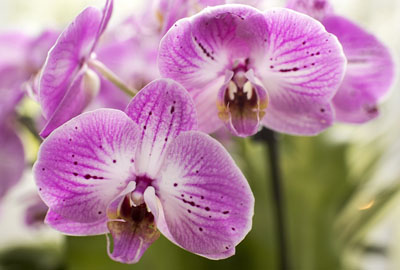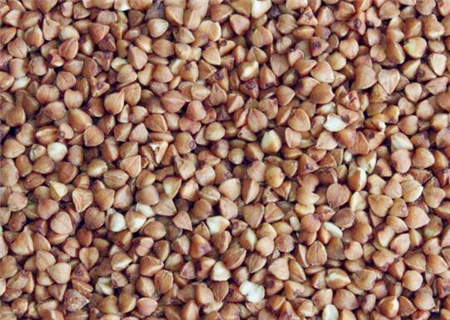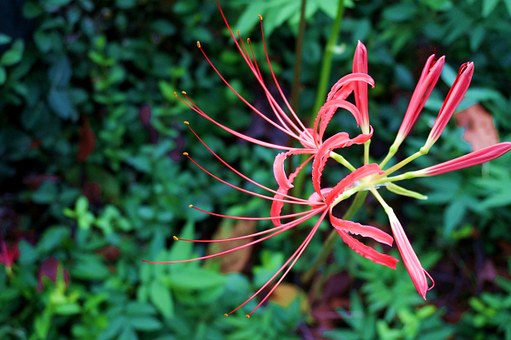How much is the seed of Phalaenopsis in Orchidaceae? How do you plant it? When will it blossom?
Phalaenopsis, also known as Phalaenopsis and Phalaenopsis in Taiwan, is the most common flower in the orchid family. It is also the city flower of Taitung City. It is deeply loved by flower friends because it blooms like a butterfly. How much is the seed of Phalaenopsis?. How do you plant it? When will it blossom?

Seed price:
The price of Phalaenopsis seeds is about 90,120 yuan per jin, but it varies greatly due to the quality, variety and market of seeds.
Sowing techniques:
1. Natural sowing method: the natural sowing method is to sow the seeds from the cracked capsule in the flowerpot of the parent plant, which is simple and easy, without complicated aseptic procedures and operating tools, and is suitable for ordinary family Phalaenopsis growers. But the chance of success is slim.
2. Aseptic sowing method
① capsule treatment: the uncracked mature fruit of Phalaenopsis was washed and soaked in 75% ethanol or chloroform for 2 seconds, then soaked in 5% 10% bleach solution or 3% hydrogen peroxide for 5 minutes for 20 minutes, the seeds were removed.
② seed treatment: Phalaenopsis seeds were soaked in the same disinfectant for 5 minutes, then the solution was removed by filtration, and the seeds were evenly spread on the surface of the culture medium in the prepared bottle with fine needles.
③ post-sowing management: the culture condition is light intensity 2000-3000 lux, 10-18 hours a day, temperature 20-26 ℃. After 9-10 months, the seedlings can grow 2-3 leaves out of the bottle and pot.
Flowering time:
Butterfly orchid flowering period is generally around the Spring Festival, about February-March, the viewing period can be as long as 2 to 3 months. Once or twice a year.
Pot planting techniques are attached:
1. Temperature: Phalaenopsis likes the environment of high temperature and high humidity. The temperature should be increased at the turn of autumn, winter and spring, and when the temperature is low in winter. When the temperature is too high in summer, it should be cooled and ventilated. If the temperature is higher than 32 ℃, it will enter a semi-dormant state and avoid continuous high temperature. The flowering period is around the Spring Festival, and proper cooling can prolong the viewing time. The night temperature during flowering should be controlled between 13 and 16 ℃, but not less than 13 ℃.
2. Humidity: the suitable air humidity for Phalaenopsis growth is 60% to 80%. The new root should be watered more in the prosperous period and less in the dormant period after anthesis. The plants grow vigorously in spring and autumn around 05:00 in the afternoon, and the plants are watered at 09:00 and 05:00 every day. The light is weak and the temperature is low in winter. Watering every other week is enough and should be carried out before 10:00 in the morning. In the event of a cold wave, it is not suitable to water, keep dry, wait until after the cold wave to resume watering.
3. Lighting: although Phalaenopsis likes shade, it still needs to make the orchid plant accept some light, especially before and after flowering, appropriate light can promote Phalaenopsis blossom, make the flowers gorgeous and lasting, generally should be placed indoors where there is scattered light, do not let direct sunlight.
4. Ventilation: the normal growth of Phalaenopsis needs flowing fresh air, so the ventilation of domestic Phalaenopsis must be good, especially in the high humidity period in summer, it must be well ventilated to prevent heat, and at the same time, it can avoid the infection of diseases and insect pests.
5. Fertilization: Phalaenopsis should be fertilized throughout the year and should not be stopped unless the low temperature lasts for a long time. Winter is the flower bud differentiation period of Phalaenopsis, and the cessation of fertilizer can easily lead to no flowers or few flowers. Spring and summer is the growing period, thin liquid fertilizer can be applied every 7 to 10 days, organic fertilizer should be used, Phalaenopsis special nutrient solution can also be used, but do not apply when there are buds, otherwise it is easy to drop buds early. The time of fertilization is after watering in the afternoon, and after several times of fertilization, orchid pots and orchid plants should be washed with a lot of water to avoid residual inorganic salts harming the roots.
6. Diseases: Phalaenopsis is easy to suffer from soft rot and gray spot, and the infection of soft rot is very fast. Once found, the diseased plants can be isolated immediately, and the diseased plants can be controlled by manganese zinc substitutes or good living creatures, usually sterilized once every 15 days. The common cultivation medium of Phalaenopsis is mainly water grass and moss, so the potted plant material should not use soil, but should use water moss, pumice, Alsophila dust, charcoal and so on.
Time: 2019-04-09 Click:
- Prev

Is the annual herb buckwheat sweet? When will it be ready? When will it be harvested? (planting techniques in different regions are attached
In May 2018, the Ministry of Agriculture and Village issued technical guidance for the production of buckwheat in 2018, and put forward planting guidance for the eastern producing areas of Inner Mongolia, central Inner Mongolia, northwest Shanxi and Shaanxi-Gansu-Ningxia producing areas.
- Next

Does the other side flower of Amaryllidaceae have seeds? How much is the seed per jin? Can you plant it at home? How do you plant it? When will it blossom?
The other shore flower, also known as black garlic, is a common Amaryllidaceae flower in mountainous areas and woodlands, which is widely planted because of its super beautiful flowers.
Related
- Fuxing push coffee new agricultural production and marketing class: lack of small-scale processing plants
- Jujube rice field leisure farm deep ploughing Yilan for five years to create a space for organic food and play
- Nongyu Farm-A trial of organic papaya for brave women with advanced technology
- Four points for attention in the prevention and control of diseases and insect pests of edible fungi
- How to add nutrient solution to Edible Fungi
- Is there any good way to control edible fungus mites?
- Open Inoculation Technology of Edible Fungi
- Is there any clever way to use fertilizer for edible fungus in winter?
- What agents are used to kill the pathogens of edible fungi in the mushroom shed?
- Rapid drying of Edible Fungi

